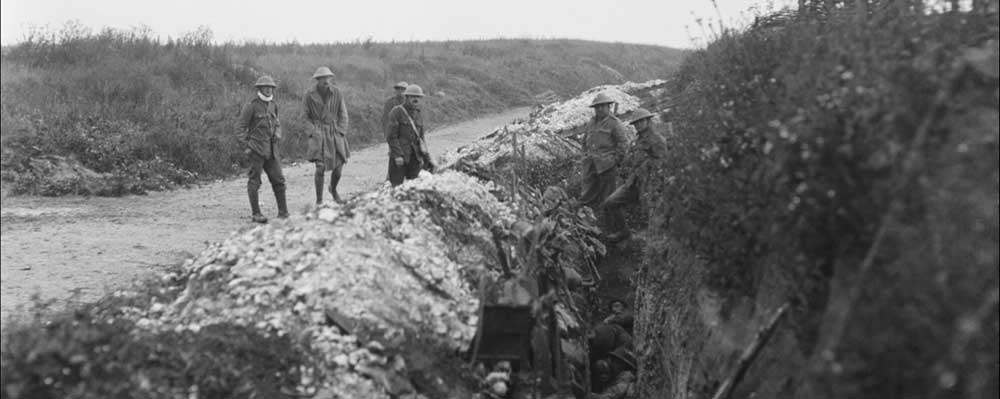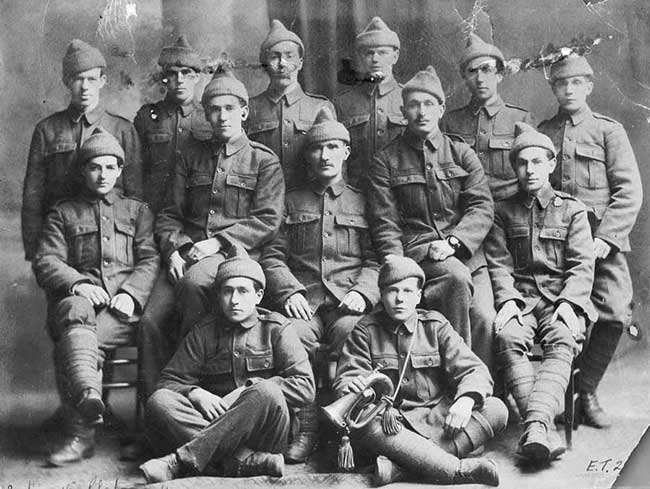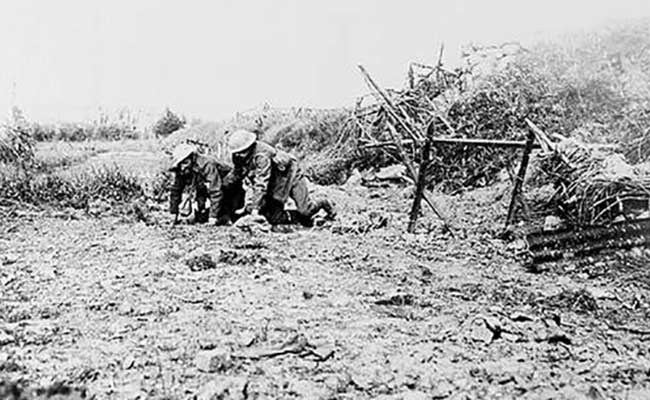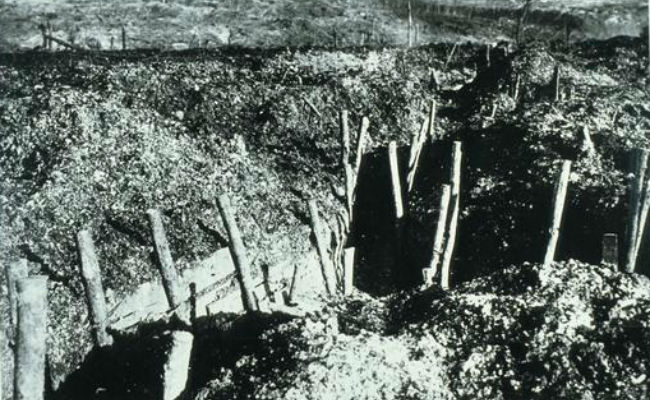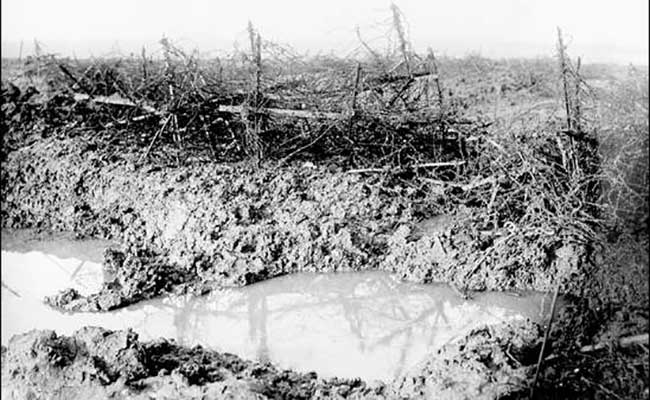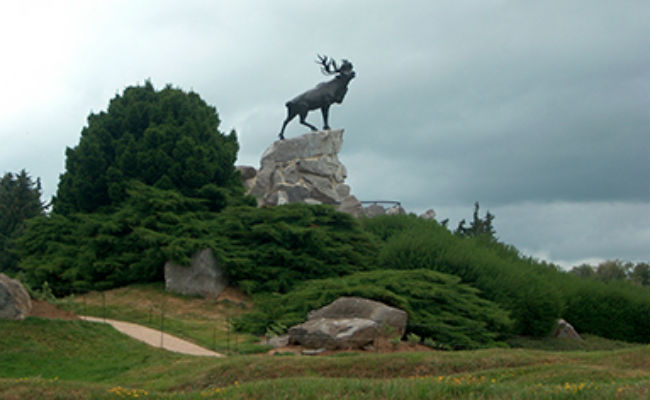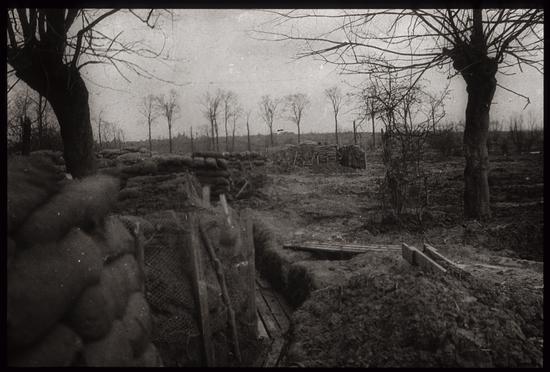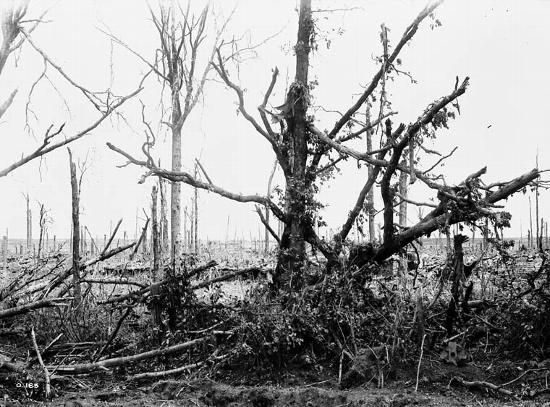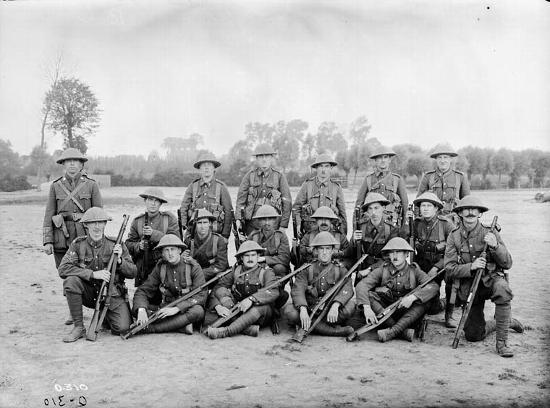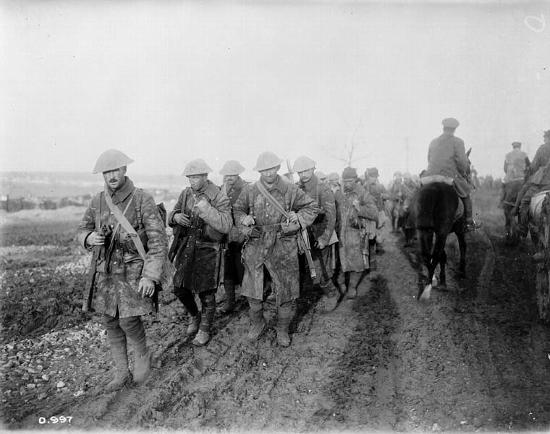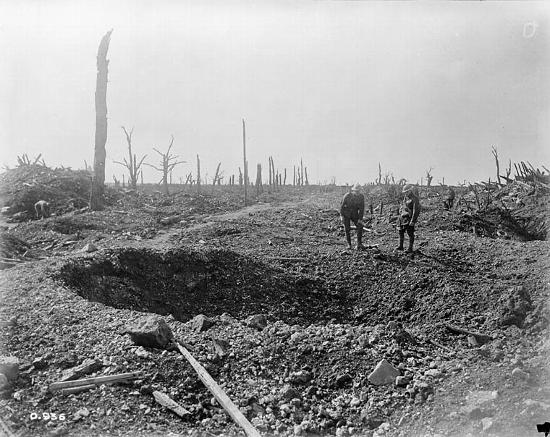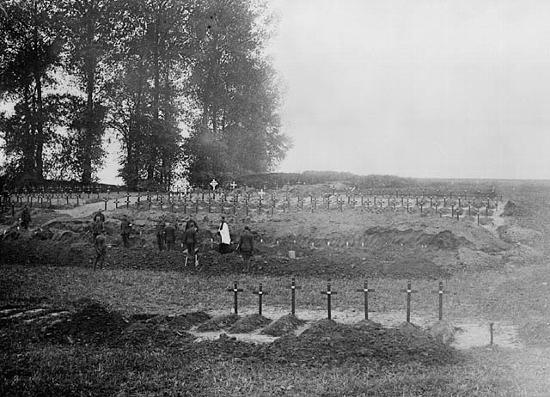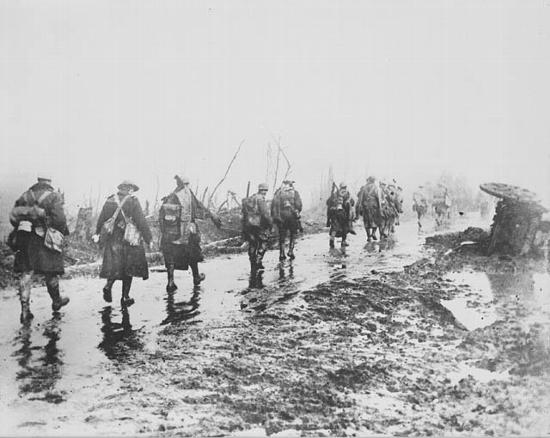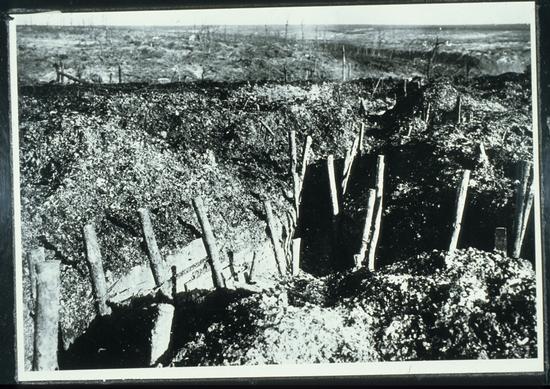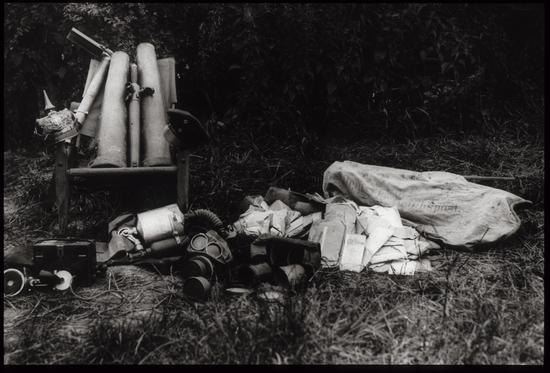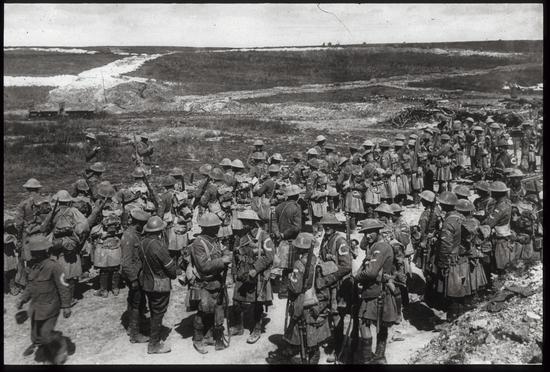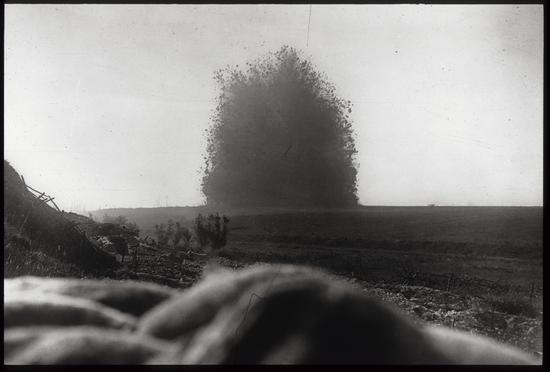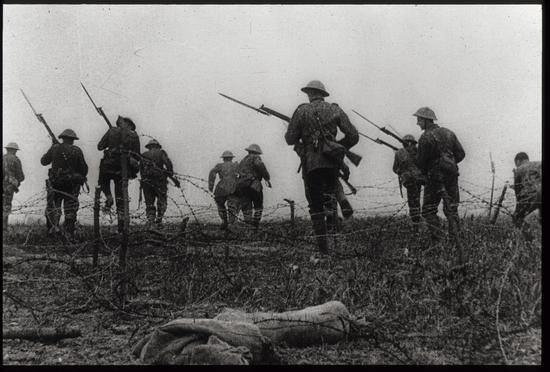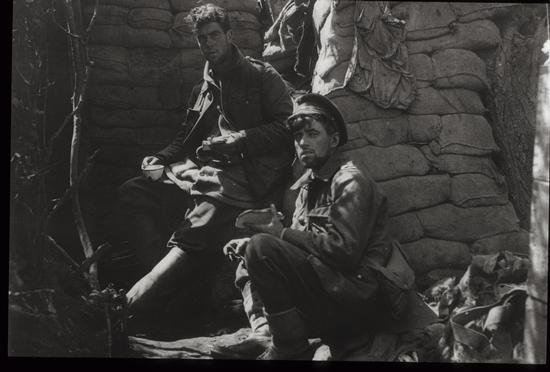The Western Front in 1916
Following the opening battles of 1914, the First World War in Western Europe quickly bogged down into trench warfare with the opposing armies dug in, facing one another from a complex series of trenches across a blasted ‘No Man's Land,' defended by lookouts, barbed wire and guns. Artillery, snipers, grenades, mines, machine guns and sickness took a great toll.
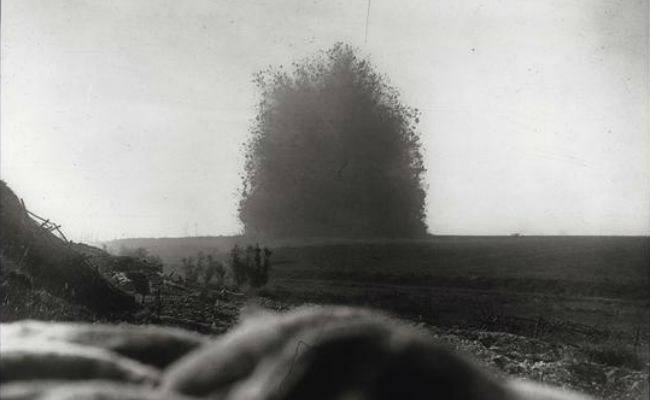
The explosion of a mine under the Hawthorn Redout, the minutes before zero, before the assault at Beaumont-Hamel. Photo: Imperial War Museum, Q 754
The generals could see only one way to end the stalemate—brutal frontal assaults in the face of intense fire to break the enemy defences. The Allied plan for 1916 was to make the "Big Push," and the Somme was chosen as the site for a joint French and British assault. It would be on the first day of the Battle of the Somme—near the village of Beaumont-Hamel in northern France—that the Newfoundland Regiment would enter the action.
